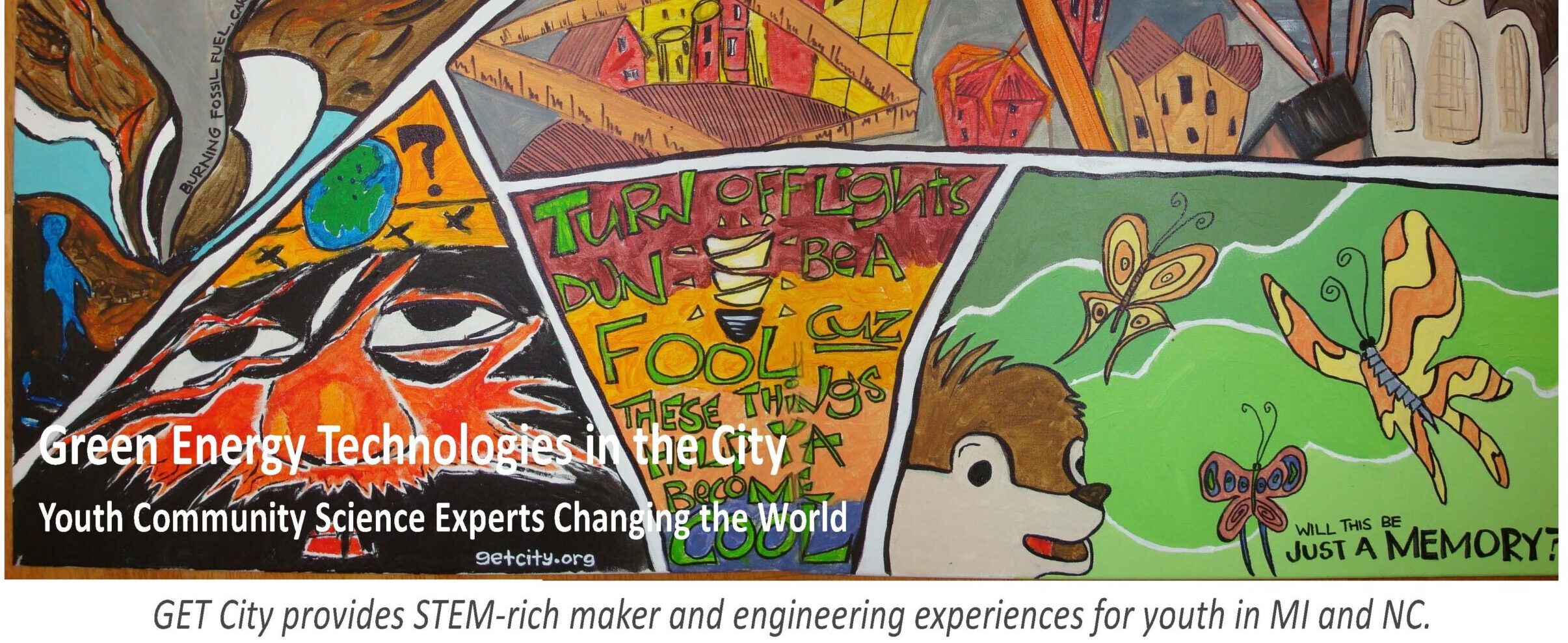
Rightful Presence
Rightful Presence is a critical mode for “making present” those who have been made” missing” by the forms of racialization and colonization manifest in school practices.
What does it mean that young people do not have a rightful presence in middle school science?
Sana, 13 years old
“ When you walk into some classrooms, you feel they don’t want you here. ”Samuel, 14 years old
“ Teachers care, but they do not care about the community all of the time. We go outside on our time, and find places where we can go do science or engineering for our communities. ”Jazmyn, 15 years old
“ The racist stereotype is that Black people are not listening to science. But that is not true. Maybe it’s the other way around, like science is not listening to us. ”
What is missing?
The youth describe that they are noticed for their deficits and not their strengths; they are expected to be the teachers’ idea of a “good science student” rather than who they are; their hopes, fears, dreams, and worries are not part of learning and teaching science, at least not explicitly.Our solution
The three related tenets that undergrid the rightful presence in middle school STEM teaching and learning Framework.

